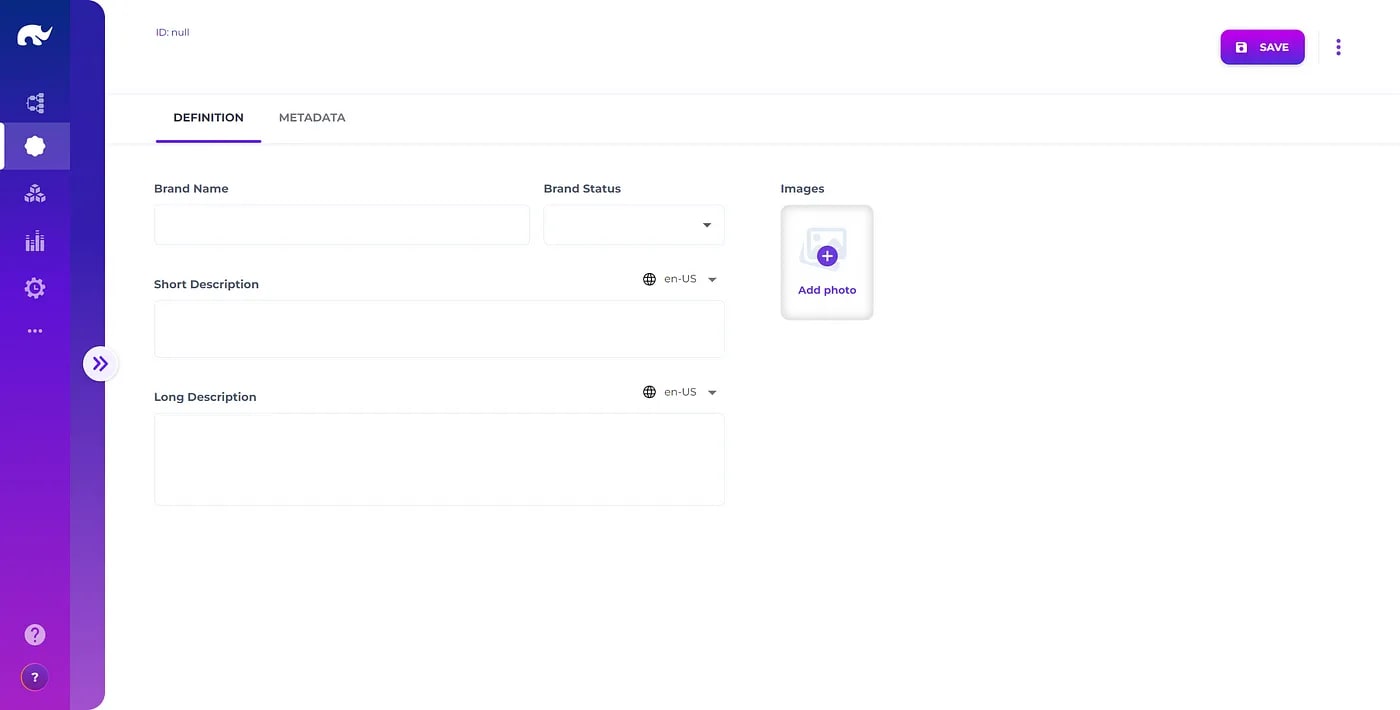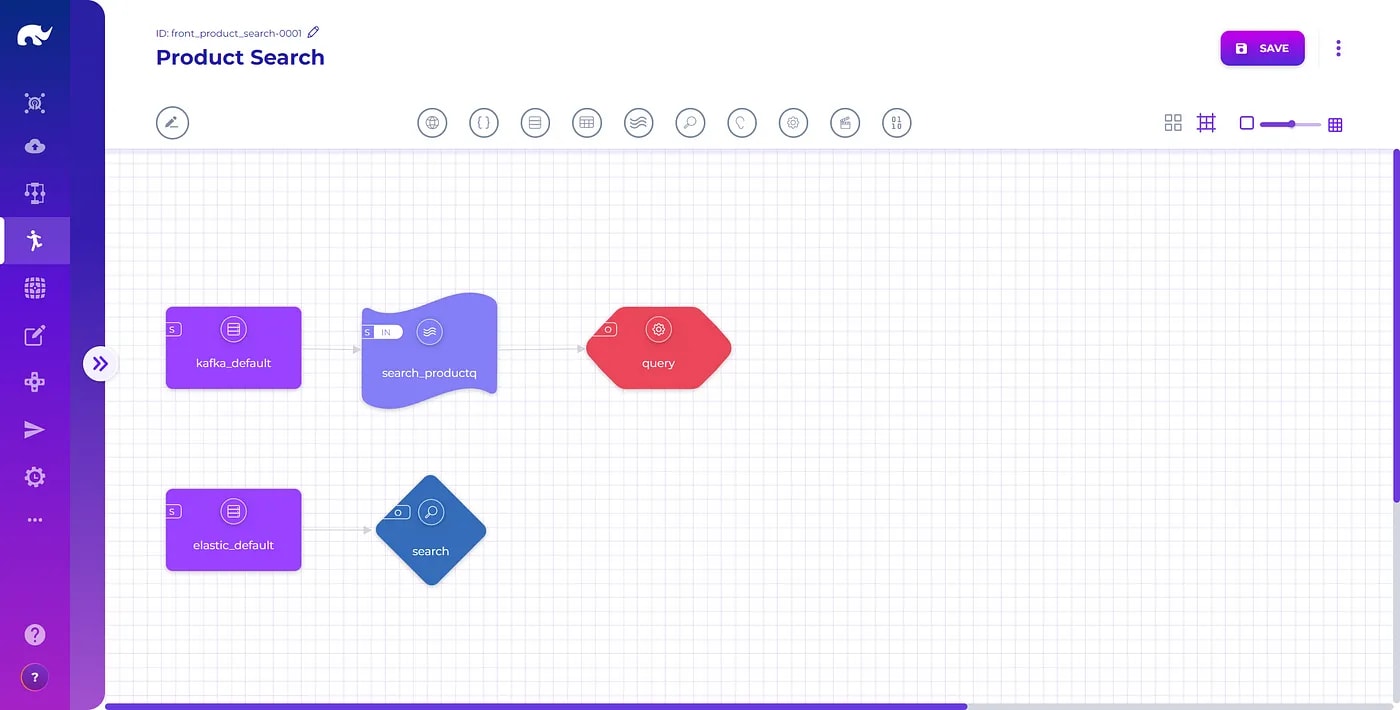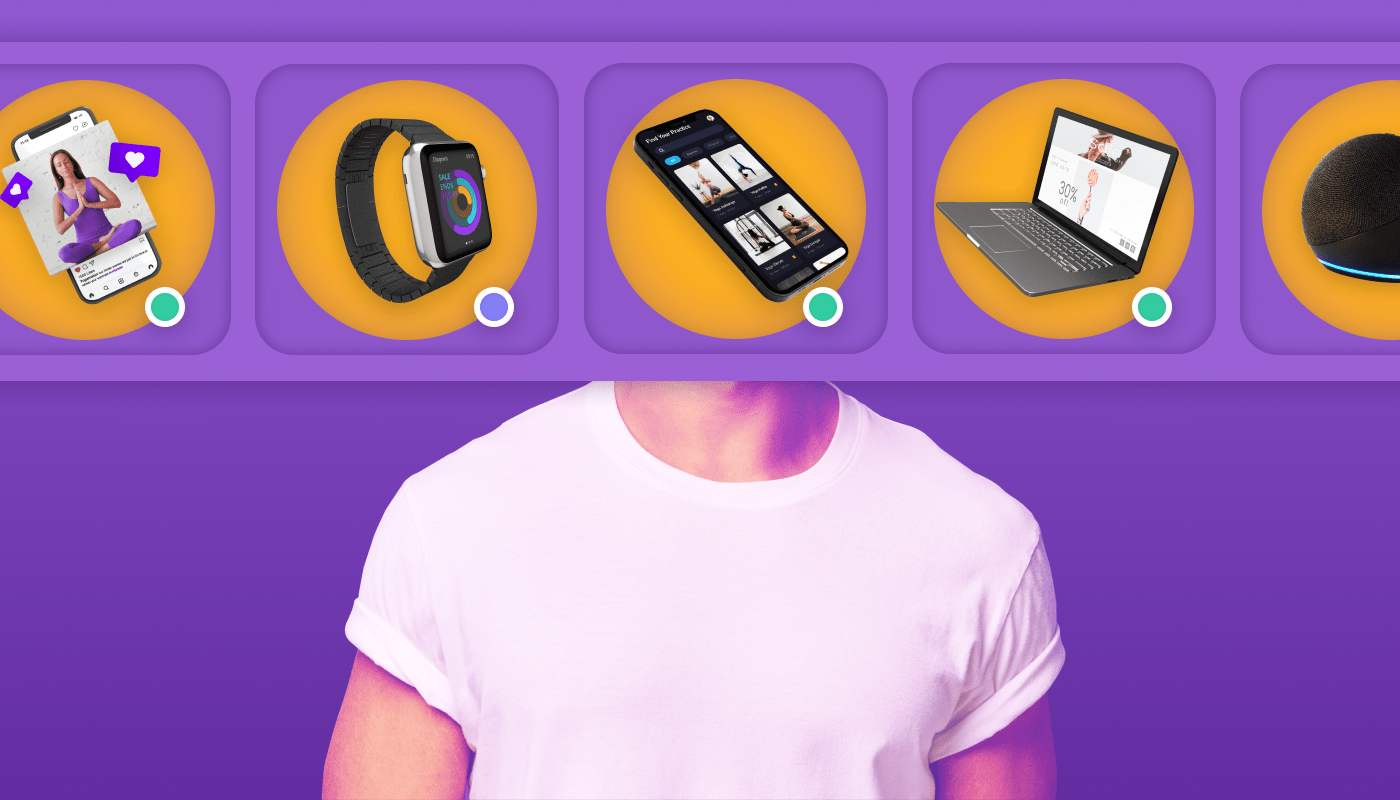Conversational and generative AI topics have been trending since the release of ChatGPT at the end of November last year. A common view across the vast use cases imagined is that it will serve as a ‘great co-pilot’ and its success will ‘come down to asking the right questions’.
At Rierino, we believe low-code/no-code (LCNC) is a strong counterpart to facilitate those questions and seamlessly integrate generative AI into solution development. In this article, we explore how this relationship — what we refer to as “chat-code” can work best and what future possibilities there are.
Background on LCNC and Conversational AI
Low-code/no-code development concepts have been around in some form for decades, ever since the rapid application development (RAD) approach was popularized towards the end of the 20th century. Ranging from simple WYSIWYG GUI editors to query builders, BPM tools, ETL flow, and API design platforms, they’ve been adopted across different domains.
At Rierino, we’ve been working tirelessly over the last 3 years in pushing the boundaries of low-code/no-code, making it possible to build highly distributed and sophisticated microservices solutions visually. Throughout this journey, we’ve come to appreciate the importance of designing an interface that is user-friendly enough for self-discovery but extensible enough to facilitate more advanced use cases.
This is why recent advancements in language models such as ChatGPT have been especially exciting for our team. We believe that these models will be the next frontier in low-code/no-code development, allowing citizen or even advanced developers to use natural language as a development interface — something we coined as “chat-code” internally.
What is Chat-Code?
Using AI assistance in development has proven to increase productivity in certain domains, yet, we think bundling it with low-code/no-code platforms makes it much more powerful.
Chat-code development: using natural language to describe requirements instead of writing code in programming languages to create software applications
While asking ChatGPT to write some code based on a given description can help automate mundane development tasks, at this stage it is far from perfect (hence the ban on Stack Overflow citing the low rate of correct answers). Conversational AI-assisted development still requires a technical user to debug, adjust and deploy suggested codes especially if your description is not detailed enough or it is not a use case already learned by the model.
Low-code/no-code platforms on the other hand complement language models perfectly. They do have a very structural way of defining solutions (e.g. XML, YAML, JSON configurations), which can be used to train such models to translate natural language prompts into modeled solutions.
How We Use Chat-Code in Our Solution
Looking to put this concept into use, we started experimenting with potential Rierino use cases that involve conversational AI.
An example from our team testing out ChatGPT for designing UI screens:
Generate a "Brand" screen with 2 tabs.
In the first tab;
- Name this tab "DEFINITION"
- Add "Brand Name" as a text field.
- Add "Brand Status" as a lookup field.
- Add "Short Description" as a localized text field with 2 lines.
- Add "Long Description" as a localized text field with 3 lines.
- Add "Images" as an image list field.
In the second tab:
- Name this tab "METADATA"
...
Which creates the JSON configuration producing:

The next step for us is to use a similar approach for generating API endpoints and microservices using natural language, such as:
Generate a "Product Search" microservice.
- It should have access to "search" from the "Default Elasticsearch" system.
- It should be able to handle "Query" type requests.
- It should receive requests from "search_productq" topic on the "Default Kafka" system.
...
As our platform already allows building microservices with reusable elements with simple drag and drop, it will be quite possible to link this capability to ChatGPT:

Potential Benefits of Chat-Code Development
From these first experiences, we see that merging LCNC and conversational AI shows significant promise primarily in the following areas:
- It can significantly decrease development times by using verbal prompts to build sophisticated solutions
- It can substantially increase development accessibility — removing interface and learning barriers, addressing the talent shortage
- It has the potential to become a universal development language, making it possible to migrate between platforms effortlessly
- It can automate the documentation of business requests and requirements against code and implementation details
Final Thoughts
Chat-code development can be a workable approach to building an “adapter” — kind of a fifth-generation language (5GL) layer — on top of low-code/no-code development platforms.
Furthermore, designing this layer as an industry standard — i.e. different vendors using the same terminology and prompts, training their language models with the same example inputs — could allow creating a universal language for citizen developers so that they would no longer have to learn how to use different platforms.
This is why we embrace chat-code (and believe the industry will too). Stay tuned as we advance through and share our learnings on this journey.



